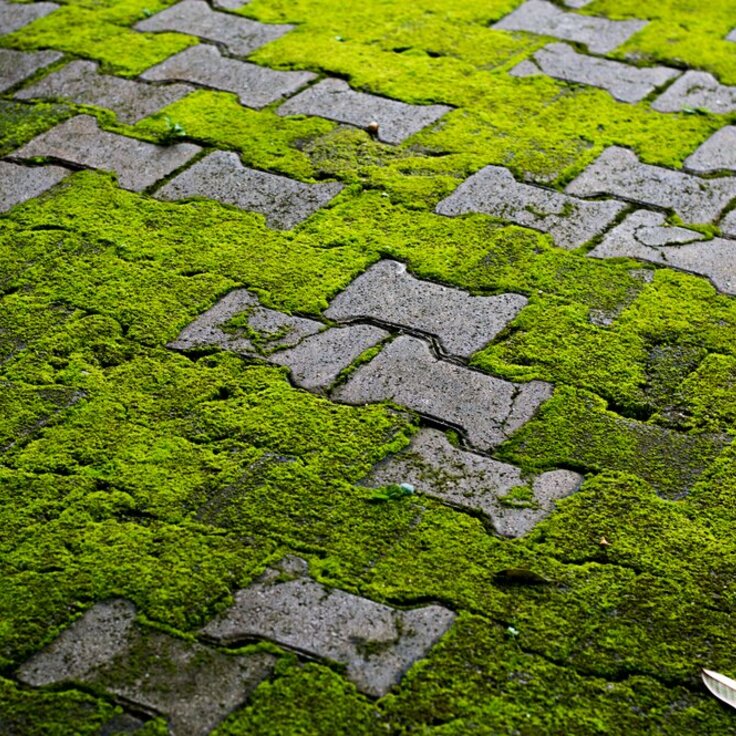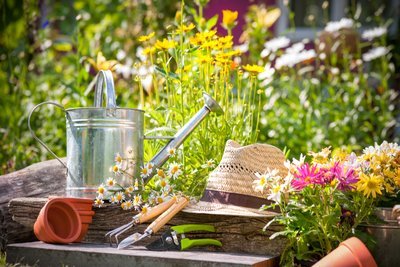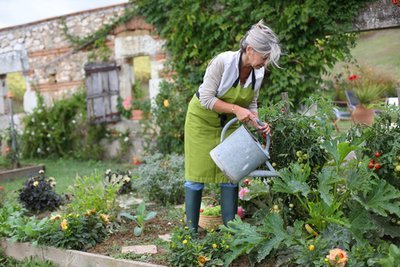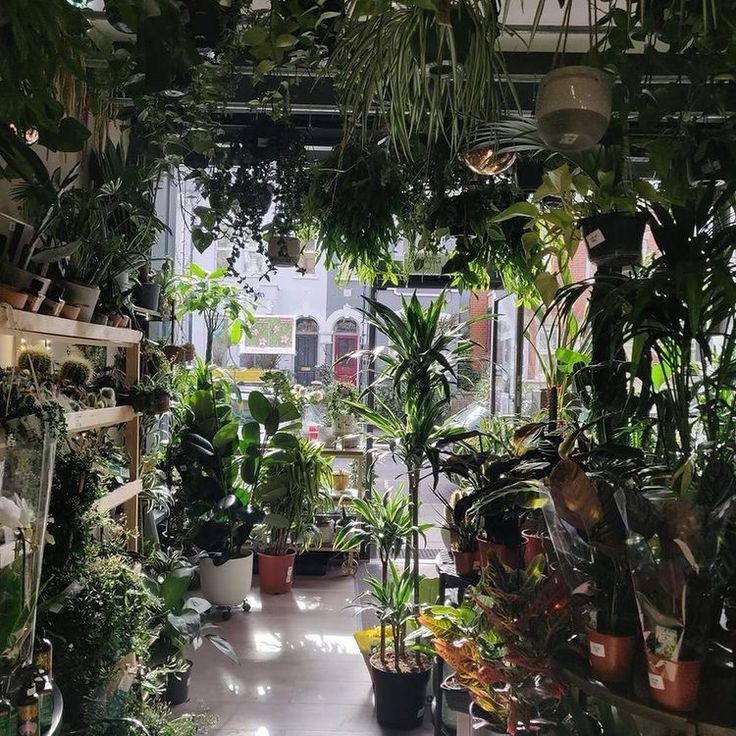How to make your soil healthy?
Some lands are fertile enough to grow just about anything while others aren’t. If you want to start growing your own vegetables or grow ornamental plants in your garden, you can water them as diligently as you want, to keep all the pests away but you will have no success until your soil is healthy. If you have soil that is too stony, too acidic or too sandy for the plants that you want to grow, you can turn things around. You can make your poor soil healthy by making a few basic changes.
Let’s go through some of the ways you can make your soil healthy
1. Adequate drainage
A healthy soil is a well-drained soil. If it takes an hour or more for the water to drain in your soil, then your soil has poor drainage. When a soil has good drainage, it allows the water to drain within 10 minutes. A well-drained soil allows ample oxygen to reach the roots of the plants to allow the roots to grow at a decent rate. If the soil doesn’t have good drainage, waterlogging can kill the plants. You can build raised beds that encourage the water to run off if your soil doesn’t have good drainage. Additionally, you can also plant cover crops like oats, winter wheat and crimson clover. From time to time, use a shovel to dig out the tightly packed soil and to soften the outer layer without patting it down.
2. Add compost
Your soil needs to be nutritious for the plants and this calls for some compost action. Compost basically comprises of the dead leaves, roots and parts of the plants that can be added to any soil to provide it with sufficient nitrogen which is an important nutrient that allows plants to grow. If your soil is heavy clay, compost can also enhance its drainage and provide proper aeration for the roots. In case your soil is more on the sandy side, adding compost will help the soil retain water without letting it evaporate earlier than it should. Furthermore, by adding compost, you will be providing your soil with symbiotic organisms like bacteria and earthworms that will help plants grow.
3. Check and adjust pH
A pH test will let you know how acidic or alkaline your soil is. Most of the essential nutrients required by plants are soluble when the pH levels are somewhere between 6.5 – 6.8. Most of the plants grow best in this range. If your pH exceeds or falls short of this range, there are things you can do to change its pH but it’s not an overnight process. It will take a couple of growing seasons at least for the pH to reach an optimum. Apply organic matter liberally to correct pH imbalances. If your pH is lower than 6.5, add powdered limestone or wood ash to raise the pH. If the pH is more than 6.8, add ground sulphur, peat moss, oak leaves and sawdust.








